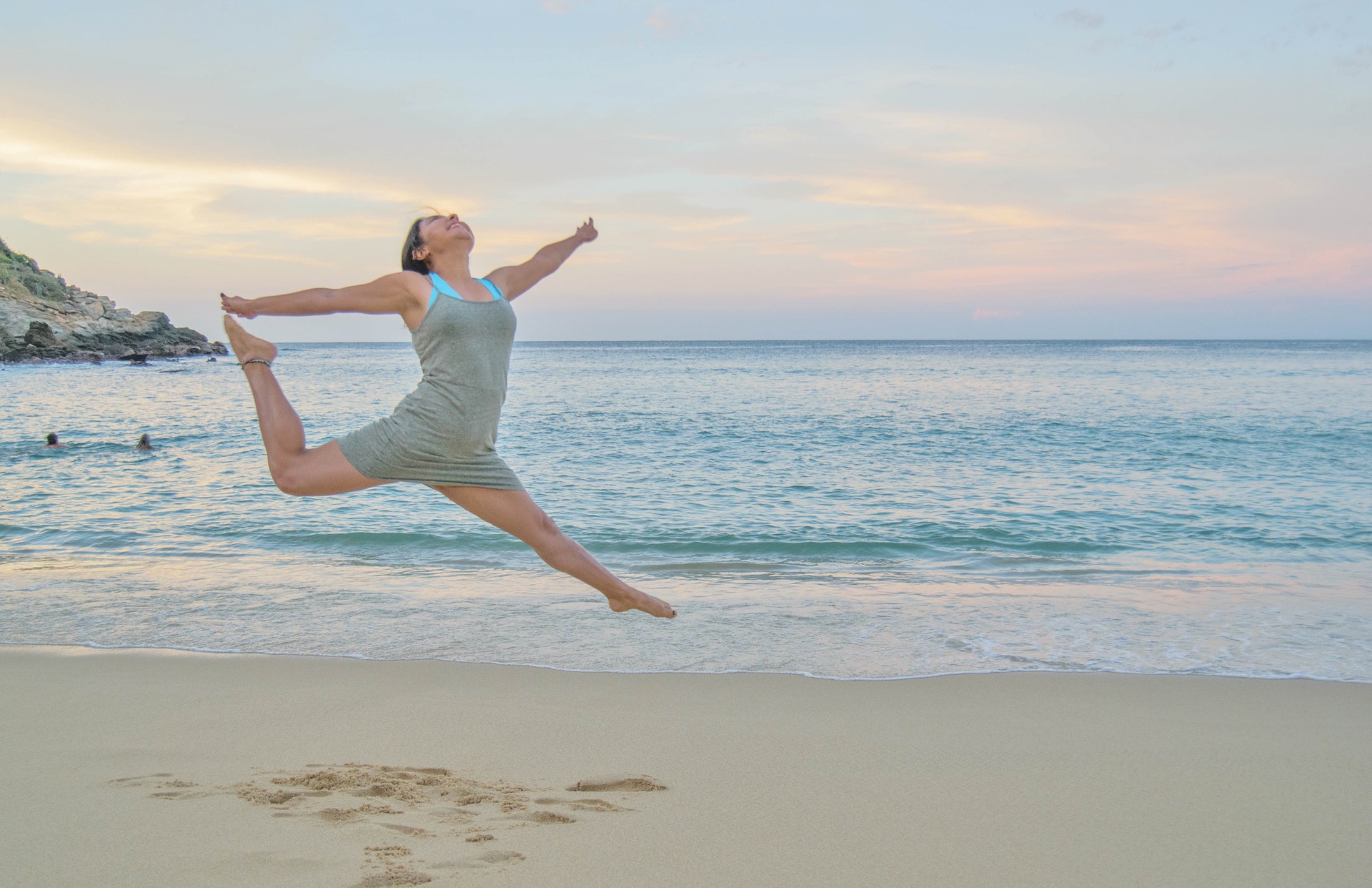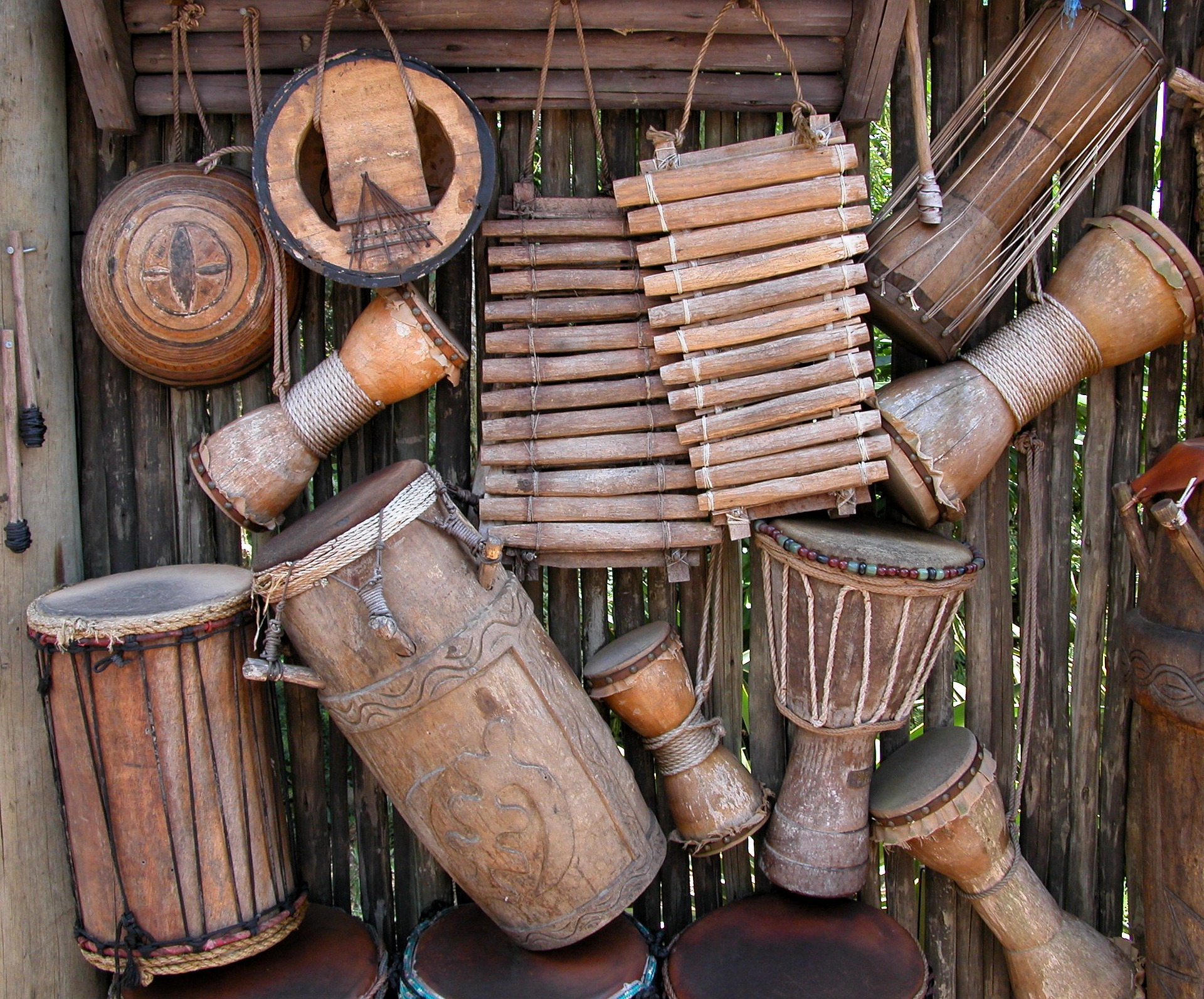By Deb Matlock
“If there was a fall from grace, it was a fall from rhythm. The order of the universe is rhythmic, and we have a psychic and physiological need to be in-sync with the earth’s cycles”
Layne Redmond, When the Drummers Were Women: A Spiritual History of Rhythm
I grew up in the Front Range of the Rocky Mountains and I grew up dancing. The first piece of choreography I ever created was conceived next to a stream near Taylor Park, Colorado. At the young age of twelve, I certainly had no idea that I was creating a dance in response to the rhythms of the place; the stream water splashing over the rocks, the Blue Jays screeching in the bushes, the Squirrels running up and down the fallen trees, and the breeze passing through the crowns of the Pine trees. However, looking back, I realize I was surrounded by the rhythms and movement of the Earth.
My passion for dance consumed my life during junior high and high school. I took class several days a week and began assistant teaching at the age of fourteen. After graduating from high school, all I wanted to do was move to New York City and become a professional dancer. I did not care about going to college and I did not have the ability to see my life beyond my dream of being a professional dancer. I was completely wrapped up in this one-sided image of myself, and consequently, I thought of “dancer” as my entire identity.
With this narrow sense of self, I ventured into the world of college. This decision coming after much prompting from my parents to postpone my move to the Big Apple for a time after I had tried college. Consequently, I became a Dance Performance major at Oklahoma City University in the heart of Oklahoma City. I promptly found myself whisked into a schedule of dancing between eight and ten hours a day and having extraordinarily little time to myself. My world view began to shrink as I was inundated with dance and the world of the performing arts.

I began to feel utterly lost as I began to yearn for a place to go hiking; and to be alone outdoors. I found myself spending increased time at Lake Hefner, a human constructed lake in the middle of Oklahoma City and reading nature writers such as Terry Tempest Williams, Henry David Thoreau, and Edward Abbey as much as I could, which was not much given my hectic schedule. I was truly beginning to feel as though I could barely hold my head above water in this new life. After studying Ecopsychology and Ecological Identity, I now understand that I was experiencing a repression of my inherent and necessary bond with the non-human natural world, and that I had no sense of my personal ecological identity. I was suffering from a loss of balance and a weakened sense of place with the Earth.
After much reflection, I decided that I simply could not leave either my passion for dance or my passion for the non-human natural world behind as I created a life and a career. These two elements had to be combined. At this point, I discovered a beautiful essay written by Terry Tempest Williams entitled “A Woman’s Dance” in her book entitled Coyote’s Canyon. When I read the following passage, I remember getting chills all over my body.
“Movement surrounded her. The wind, clouds, grasses, and birds – all reminded her that nothing stands still. She held up the hem of her skirt in both hands and began walking briskly around the circle. Deep breaths took the aroma of mint and sage down to her toes. Her long, spirited stride broke into short leaps with extended arms as she entered the circle dancing, without guile, without notice, without any thought of herself. She danced from a joy of all she was a part.”
This essay completely altered the way I viewed the relationship between dance and Earth. I had to explore this mystery further.
“The same stream of life that runs through the world runs through my veins night and day in rhythmic measure. It is the same life that shoots in joy through the dust of the earth into numberless waves of flowers.” Tagore
I believe humans relate to the non-human natural world at a very intimate, rhythmic level. This relationship is both conscious and unconscious and is constantly occurring. I also believe that incorporating rhythmic study and awareness into our daily lives is a truly effective way of nurturing a clear sense of ecological identity, and laying the foundation for a life-long, conscious relationship between people and Earth. 
When I think of the word rhythm, my thoughts instantly turn to people tapping their feet while a band is playing, or bodies moving to a harsh beat in a dance club. If I think a little longer, I might start to consider the sound of rain falling on a roof, or a heart beating its familiar rhythm inside the body. Further thought may lead me to consider the changing of seasons and the patterns of the moon. Then, most likely, a sound such as a ringing phone, a car horn, or perhaps a clap of thunder will interrupt my thought pattern and bring me back to the present.
Blood flowing through veins to the heart and rivers flowing across a continent into the ocean are moving, are life. Wind blowing seeds across a landscape is creating the opportunity for life to begin. Life is movement. Inherently, movement takes place in patterns and the way patterns are formed is rhythm.
For the human species to survive and evolve, it was essential that ancient cultures lived their lives intimately connected with natural rhythms. To step out-of-sync with the laws and cycles of nature would have been to die. Entire cultures were built around seasonal cycles and natural occurrences. The moon dictated when to plant and harvest. The awareness of the continual coming of day and night, and the four seasons, allowed people to embody a deep sense of rhythmic patterning and to allow this patterning to govern their movements.
While these very rhythms still govern us today, we are not always conscious of this phenomenon. Seasonal awareness seems to be one of the last main strong holds of rhythmic connection still consciously held in our society. We have winter, spring, and summer breaks from school and many people celebrate Easter with tulip bulbs and baby chicks, definitely signs of Spring. Unfortunately, much of our seasonal awareness is exemplified through “Spring Clearance Sales” and “Fall Back to School Shopping” as opposed to celebrations that honor our deep connections to the cycling Earth.
I do not believe that present day Western culture is completely lost to rekindling a conscious awareness of the rhythmic connection between humans and Earth. Indeed, I believe that increasing rhythmic awareness needs to become a priority of our culture. By incorporating rhythmically sensitive lifestyle choices into our day-to-day life, such as working according to the sun, gearing our activity level towards the seasons, and eating food that is grown in season, we can reconnect with the rhythms of the Earth and increase our chances of preserving the Earth and the life forms that inhabit it. We have the ancestral memories of our rhythmic awareness within and the wild rhythms of the world around us. We have all we need to dance in step with life on this earth.
Deb Matlock grew up in the mountains of Colorado and is deeply committed to nurturing the connection between people, animals, earth, and spirit. She has spent twenty-five years working as a professional environmental and humane educator and naturalist. Additionally, Deb offers shamanic-style spiritual guidance, animal communication, nature connection workshops, and retreats through her business, Wild Rhythms. She is passionate about helping people find connection and deep spiritual meaning in their lives and in the places where they live. Deb holds a Master of Arts in Environmental Education from Prescott College and is pursuing her doctoral degree in environmental studies at Antioch University New England.
Interested in exploring sacred connection to earth, animals, and spirit? Join the Wild Rhythms Facebook group.

